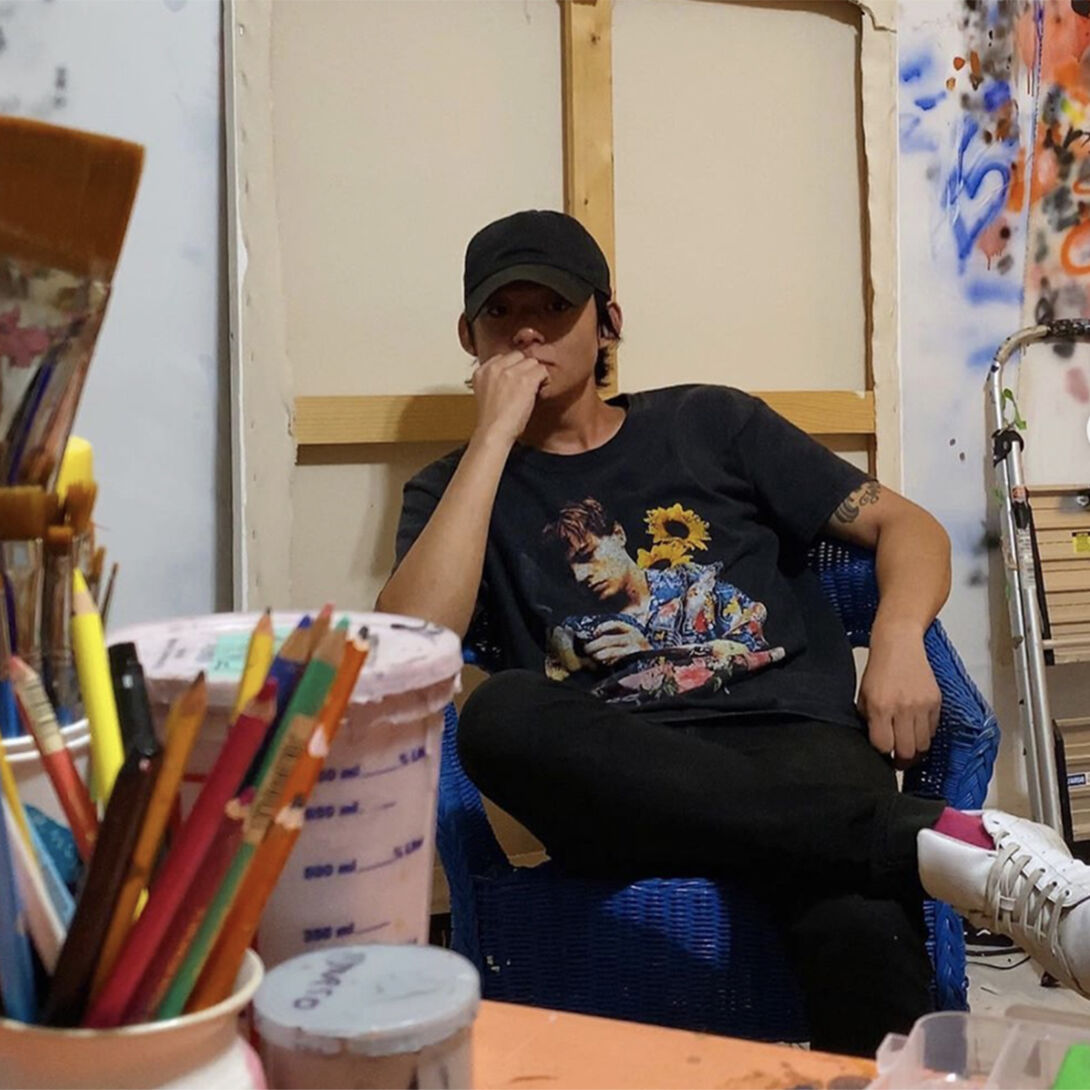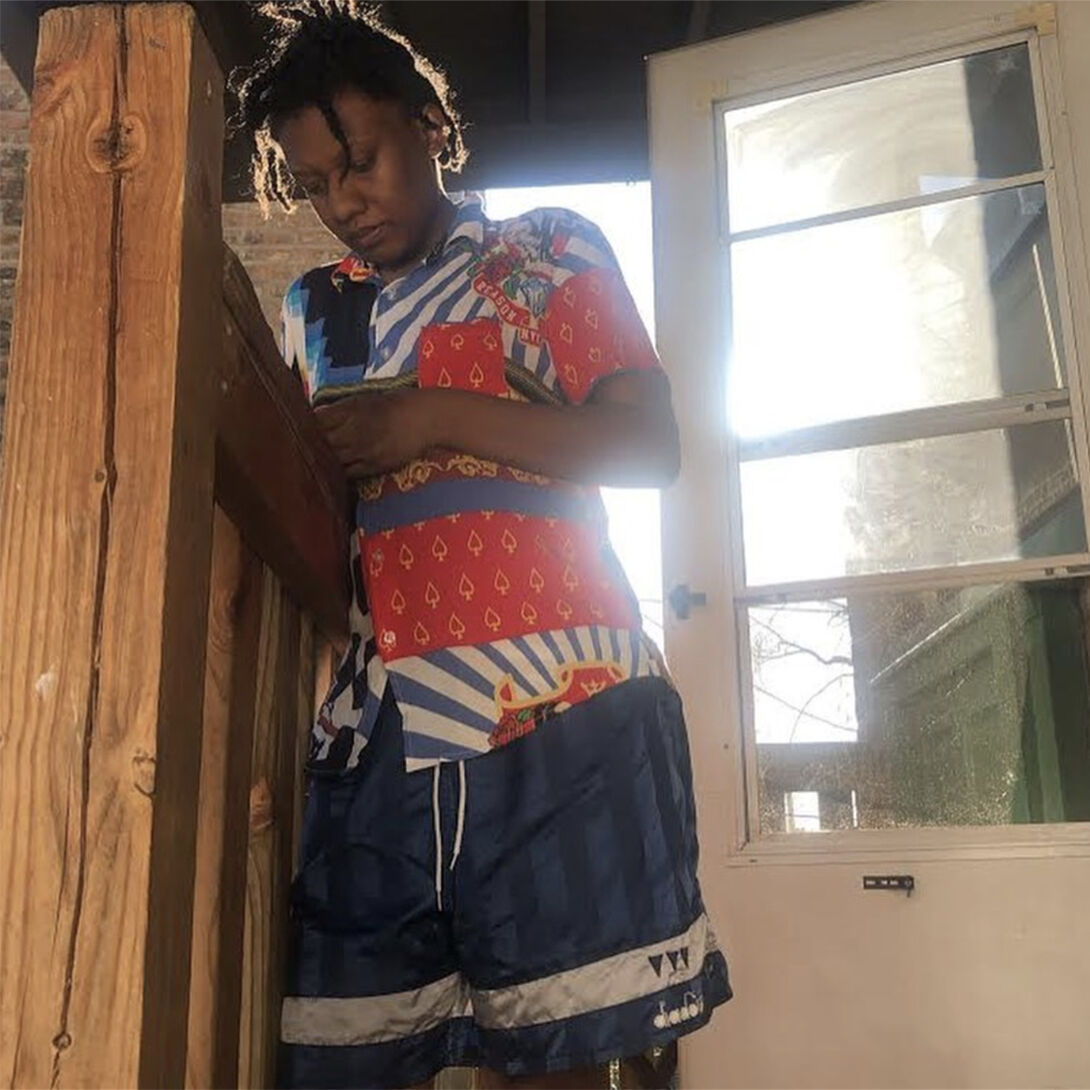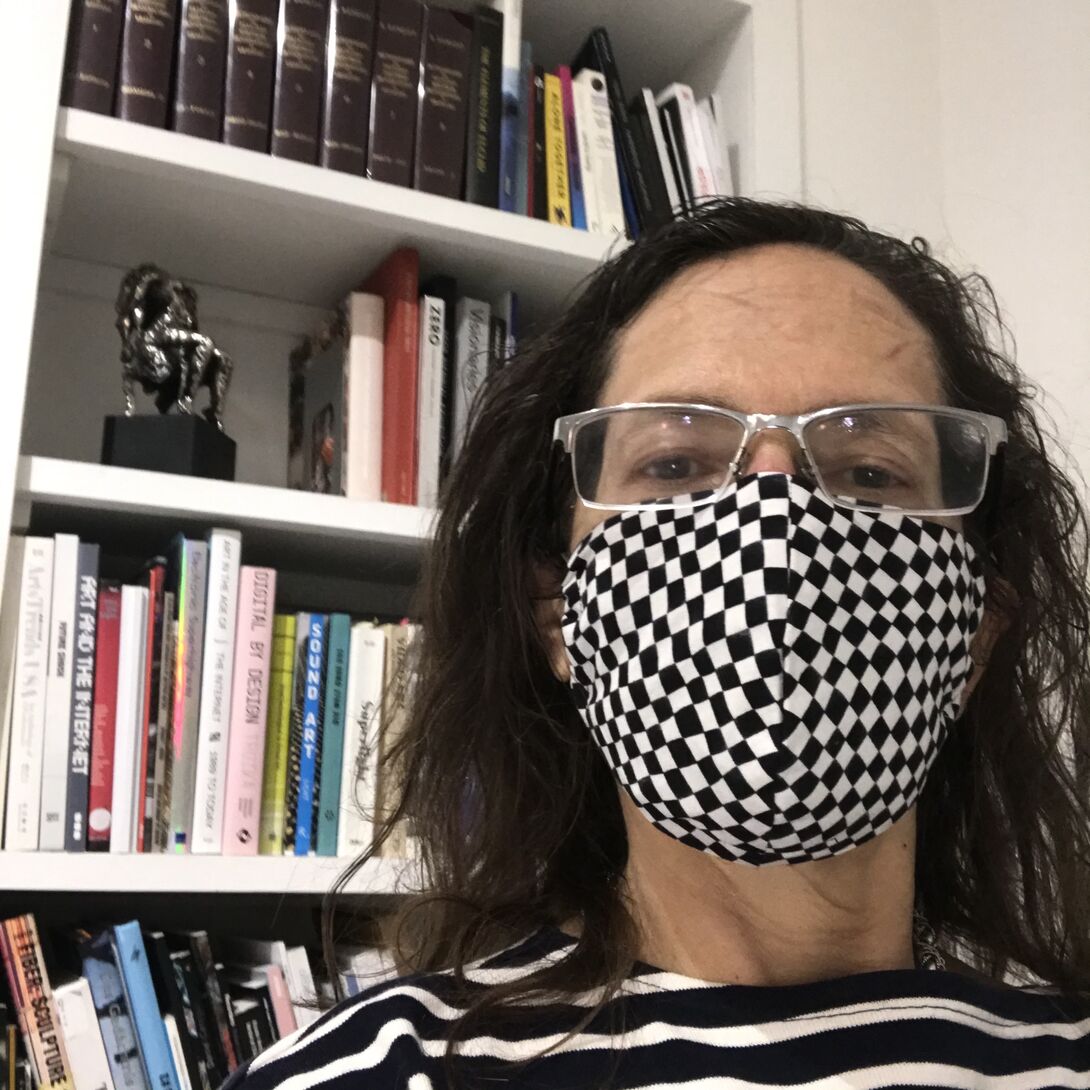
Ask the Artist: Four Artists Share How They're Approaching Their Practice in 2020
Art and design are often shaped by current events, but it’s rare that a historical moment has such a profound impact on both what and how artists create. Though the pandemic has limited access to resources and studios, School of the Art Institute of Chicago (SAIC) alums, faculty members, and students are seizing on this moment’s potential for change. They share how both COVID-19 and the protests in response to police brutality have impacted their practice—how it has made them think differently about the role of art, where they’re finding inspiration, and what advice they have for artists and designers at the beginning of their journey.

Amaia Gabantxo Uriagereka, Lecturer
How has the current moment impacted your artistic practice?
The Basque people have been through an incredible amount to achieve self-determination and protect our language, and during the pandemic, I felt that maybe those things that helped us survive could be a tool for others. We could offer a voice of hope and resilience, and the art and literature we make could help communicate this, which is why I started my video poem series. During lockdown, a Basque poet released a video of him reading a poem at his kitchen table, and I thought it a perfect poem for a pandemic; it was about empathy and understanding, fear and paranoia. I translated this poem and made my own video for it. And then I kept going with more and more poems that spoke to the pandemic like that first one did.
Has this moment made you think differently about the role of art?
We can’t exist without art—people think it’s a luxury, but it’s the opposite. Even if you go back to the caves, art is what has remained. In times like this, it’s important that art speaks to power. Art is the guiding star that can give people that moment of empathy, that can help someone define their position in the world. I tell my students all the time: the airwaves and visual space have been filled with a certain type of narrative, and it’s our job to tell other stories.
What advice would you give to SAIC students who are navigating this moment?
On the one hand, they are unlucky that they are starting their journey as artists at a difficult time like this, but also, they’re lucky because this time is so unique. Everything you do in your life, everything you learn, everything you touch, all of it goes toward your art. This is its own learning moment. It’s not what we wanted, but it’s special, it’s different. The world is changing, there’s a huge shift that’s happening, and our students are the engine for what’s coming.

David Heo (BFA 2014, MFA 2018)
How has the current moment impacted your artistic practice?
Unlike many people that don’t know what to do at home, I just make stuff. I have never seen my art as therapeutic, but by making art I process everything I’m feeling. I used to make work when the world felt much simpler, and now I’m inspired by how things are changing. The dynamics of relationships are different now—even just getting coffee, you didn’t realize how expressive a face could be until you had a mask on. People-watching is different. Personal space is different. Thinking about others’ experiences informs my work, all of these metaphorical narratives about what I see or imagine is going on. With COVID and the protests, we need more empathy right now, and empathy is inspiring me.
Has this moment made you think differently about the role of art?
The role of the artist is to maintain momentum and inspiration. The whole point of art in all its forms is to interpret the contemporary moment. In many ways, this moment has really shown artists how obsolete the art world has become. Everyone learned how to do an online exhibition, so you realized the only reason we didn’t do this before was because of an elitist culture. The internet made art so democratic and the pandemic made it even more democratic. If there’s a silver lining for artists in all of this, that’s it.
What advice would you give to SAIC students who are navigating this moment?
I’d give them the same advice I wish someone had given me. Don’t put too much pressure on yourself. I took myself way too seriously. You don’t have to be an artist with a capital A. Even now, not everything you make has to save the world. Explore first.

AJ McClenon (MFA 2014)
How has the current moment impacted your artistic practice?
It's been difficult to call this moment current in regards to the uprising in response to police brutality. We have to remember that this is a buildup and a cycle. The global response to George Floyd's death shook me out of my anxiety. I know that I've been treated unfairly and lost opportunities because of how dark my skin is, but there are so many people in the world who are saying that all the things that I know to be true, aren't true. It's maddening. This madness has always been a part of my work, but to witness a collective breaking down of the meaning of systemic racism helps me to lean closer toward optimism, and I realize that I need to keep doing this work and do it harder.
What advice would you give to SAIC students who are navigating this moment?
Speak up. The art world is very much a part of the larger system that was built to intentionally exploit, use, and exclude Black people and people of color. I think that there's a strange assumption that because these institutions are art-related that they’re immune from racism. But there’s a lot of work to be done and a whole lot more to be undone.
Finding the people and places that support you for who you truly are and the things you care about will foster your growth by building community. These relationships will sustain you and your spirit much more substantially than an ever-changing artistic practice can. The conversations in your living room—or now in the group video call—will often hold you down more than the gathering at the gallery or at the lecture. Know your people, know them well, and love them hard.

Claudia Hart, Professor
How has the current moment impacted your artistic practice?
I had four classes in the spring that were all media classes, where the kids were engaged with technology as both medium and area of research. We were on Zoom all the time. So, we started deconstructing Zoom doing something I call Zoomology. I had students design Snapchat masks and play with the backgrounds and talk about what they were doing in terms of media theory. Zoom is streamed video, and there’s been streamed video since the ’90s, but it gained a new meaning when it became the quotidian, the language of the everyday. I was interested in that difference, and created my own work in this medium while we were dissecting it in class. I don’t deal with video usually, but Zoomology was an opportunity to go backwards while investigating what’s happening right now.
Has this moment made you think differently about the role of art?
Art is a place where one can heal. Its purpose is to transcend the pain of being. Especially now, art is a place to meditate on what’s happening—not to ignore, but to contemplate. I take the Staten Island Ferry to get into New York City, and when my husband and I think about where we want to go once we get off the ferry—which is in itself a meditative experience—we think about the museums, about seeing art. I think a lot of other people feel the same way.
What advice would you give to SAIC students who are navigating this moment?
It’s more important than ever to work. That’s what I told my students. This is why we’re artists. We need to use art to navigate this time, and my students really ran with that. We were able to use the disturbances, the cultural upheaval, the paradigm shifts, as jet fuel for art. There are things we don’t have access to, but I became an experimental animator because I don’t have a lot of money. I couldn’t do all the things I wanted to do, but I found ways to do what I needed to do. That’s what we need to do now.
